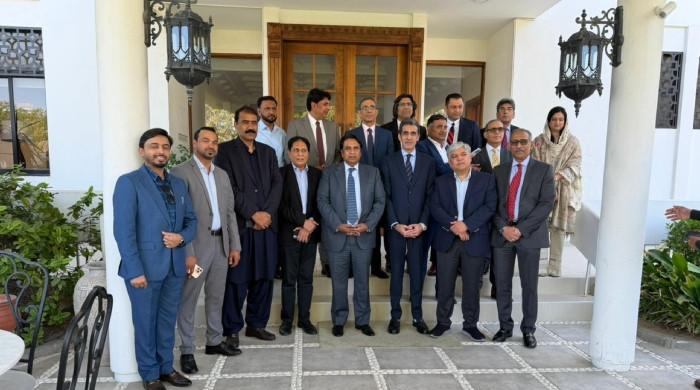How are villagers of Kakapir saving the mangroves?
Deforestation and the dumping of domestic and industrial waste into the sea is destroying these forests
November 17, 2020
Mangroves are one of the most important components of the marine ecosystem. However, their relentless deforestation, together with the dumping of industrial and domestic waste into the sea, have led to the destruction of these eco-friendly plants.
Fishermen and their families living in the coastal regions have traditionally been the custodians of mangrove forests. Such is the case of the people of Kakapir, a fishing village in Karachi Harbour, situated 15 kilometres to the west of the metropolis.
Speaking to Geo News, Mai Ruqqaiyah, an old woman from Kakapir, said that she protects the trees just like she protects her children. She is one of the many active community members who are working hard for the survival of the mangrove forests.
"These forests not only helped us catch prawns and fish but they also mitigated the effects of storms for many years," she said. "Greedy humans, however, destroyed these forests to fill the land and construct buildings."
She added that many locals also cut mangroves to make fuel and fodder for their cattle, but they make sure not to destroy the roots of these plants.
"The local people protect these forests like a treasure because they know that the mangroves act as lungs for the environment. That is the reason why we teach children as young as five to love and protect these forests," she said.
Ejaz, a fisherman from the Kakapir village, said that industrial and domestic waste dumped into the sea is destroying the mangroves.
He said that in the 1950s, the mangrove forests were spread over 350,000 hectares.
"By the year 1990, the area was reduced to 86,000 hectares only," Ejaz said. "We have been trying to preserve these forests."
According to the World Wide Fund for Nature (WWF), the cooperation of villagers made various tree-planting campaigns successful. The forests were at the verge of destruction, but local people have sent them back toward the journey of growth.









